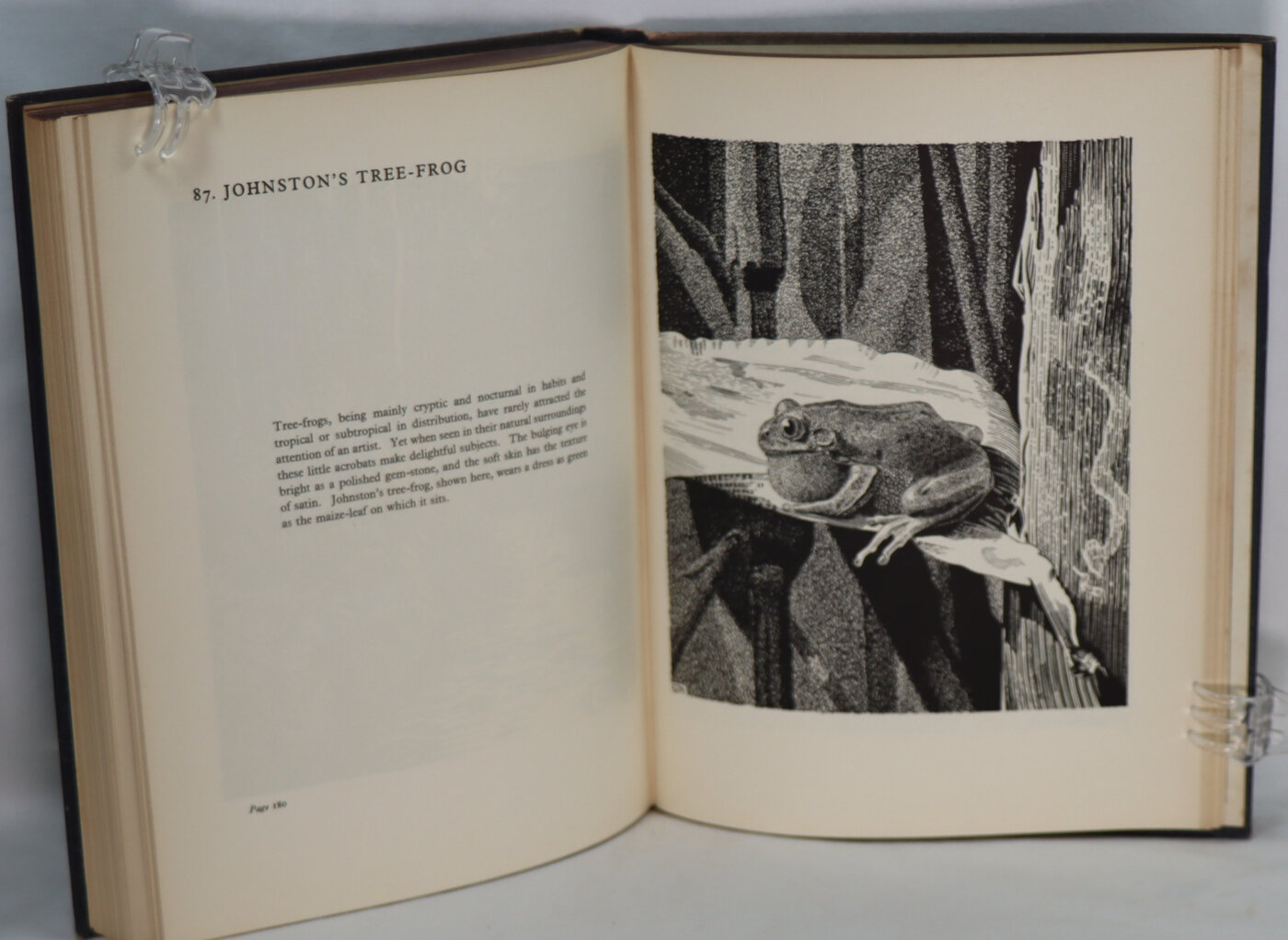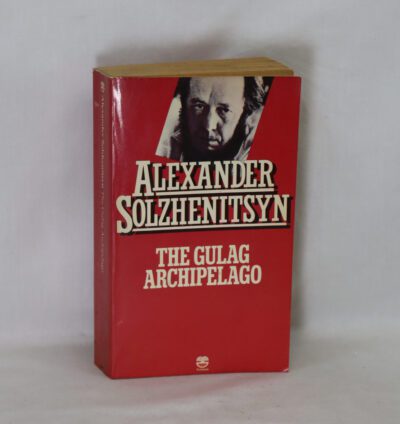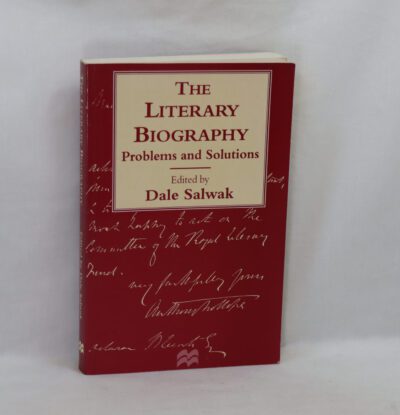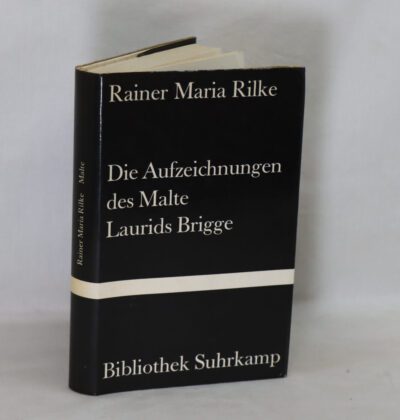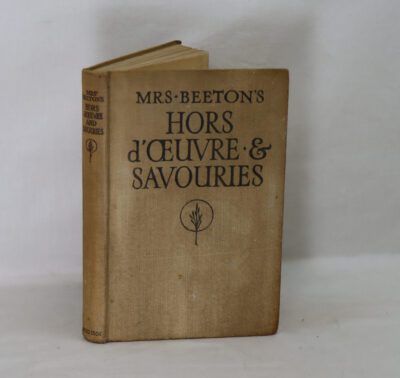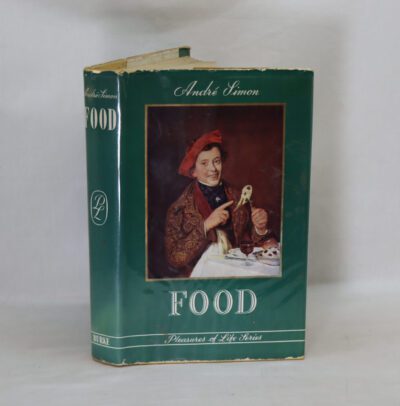Uganda in Black and White.
By Hugh B Cott
Printed: 1959
Publisher: Macmillan & Co. London
| Dimensions | 20 × 25 × 3 cm |
|---|---|
| Language |
Language: English
Size (cminches): 20 x 25 x 3
Condition: Fine (See explanation of ratings)
Your items
Item information
Description
Navy cloth binding with gilt title and antelope image on the spine and front board.
We provide an in-depth photographic presentation of this item to stimulate your feeling and touch. More traditional book descriptions are immediately available.
Note: This book carries the £5.00 discount to those that subscribe to the F.B.A. mailing list.
A well cherished and illustrated, very rare First Edition, gift presented by a Ugandan governing committee.
Hugh Bamford Cott (6 July 1900 – 18 April 1987) was a British zoologist, an authority on both natural and military camouflage, and a scientific illustrator and photographer. Many of his field studies took place in Africa, where he was especially interested in the Nile crocodile, the evolution of pattern and colour in animals. During the Second World War, Cott worked as a camouflage expert for the British Army and helped to influence War Office policy on camouflage. His book Adaptive Coloration in Animals (1940), popular among serving soldiers, was the major textbook on camouflage in zoology of the twentieth century. After the war, he became a Fellow of Selwyn College, Cambridge. As a Fellow of the Zoological Society of London, he undertook expeditions to Africa and the Amazon to collect specimens, mainly reptiles and amphibians.
In addition to Adaptive Coloration in Animals, Cott wrote two essays on camouflage: “Camouflage in nature and in war” and ”Animal form in relation to appearance”. As a scientific illustrator and photographer, he also wrote three other books: Zoological photography in practice (1956); Uganda in black and white (1959); and Looking at animals: a zoologist in Africa (1975). He became interested in the relationship of bird colours with their role as warning colours, an idea that arose when he observed hornets attracted to some birds being skinned while ignoring others. This led him to study the palatability of birds and their eggs. Among his papers were several studies on the relative palatability of the eggs based initially on the preferences of ferrets, rats and hedgehogs and later on the use of a panel of expert egg tasters. In one study he found that of 123 species of bird, the kittiwake eggs scored highly with 8.2 out of 10.
Want to know more about this item?

Share this Page with a friend









